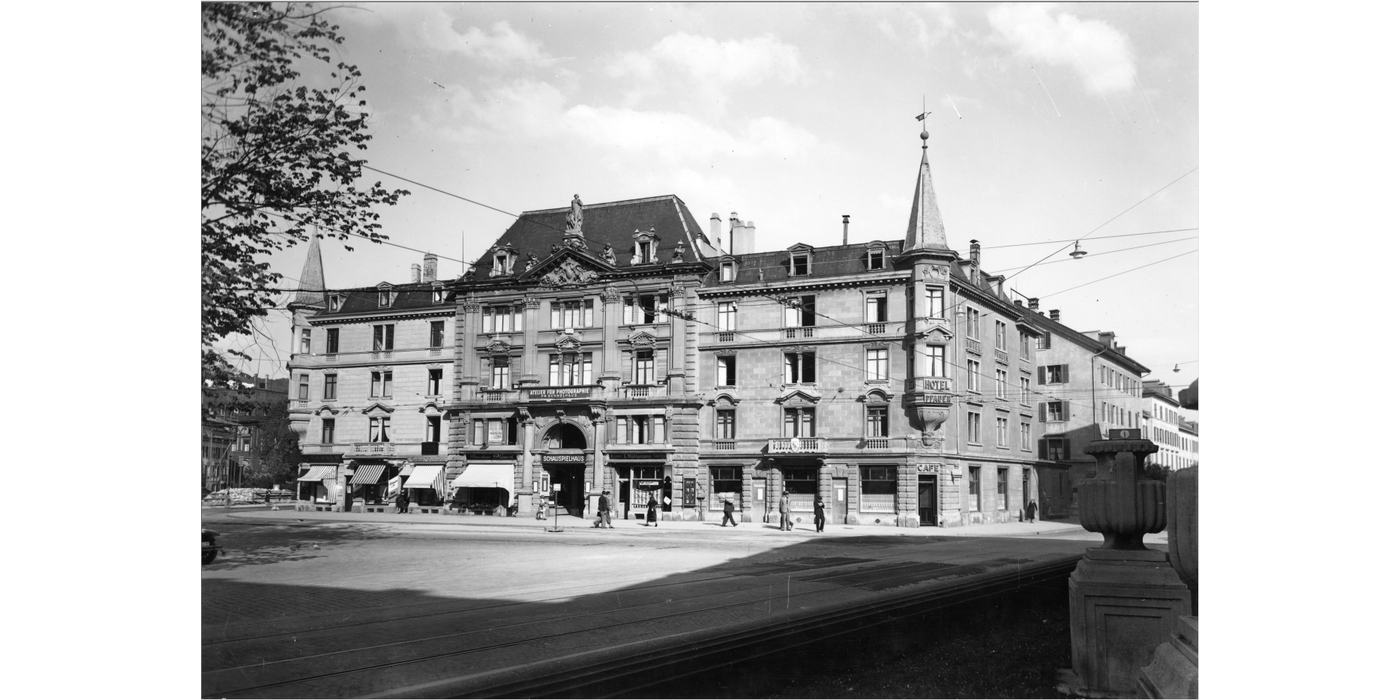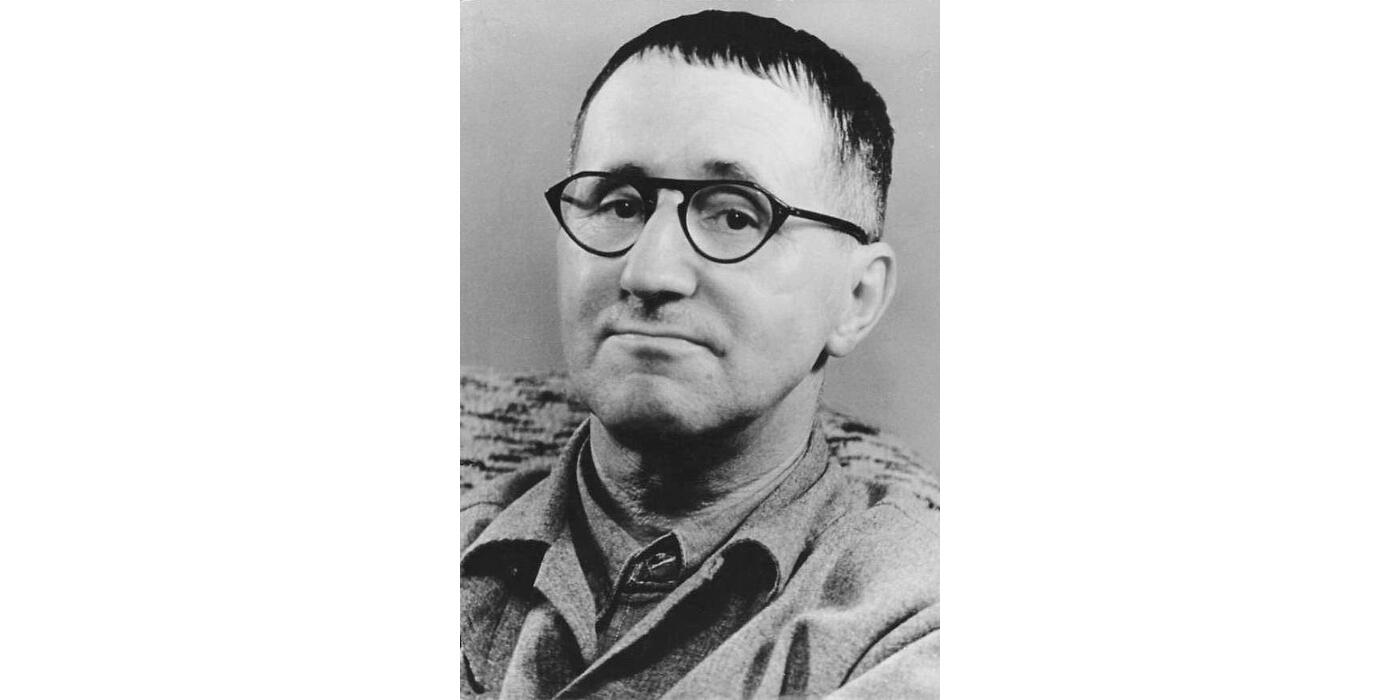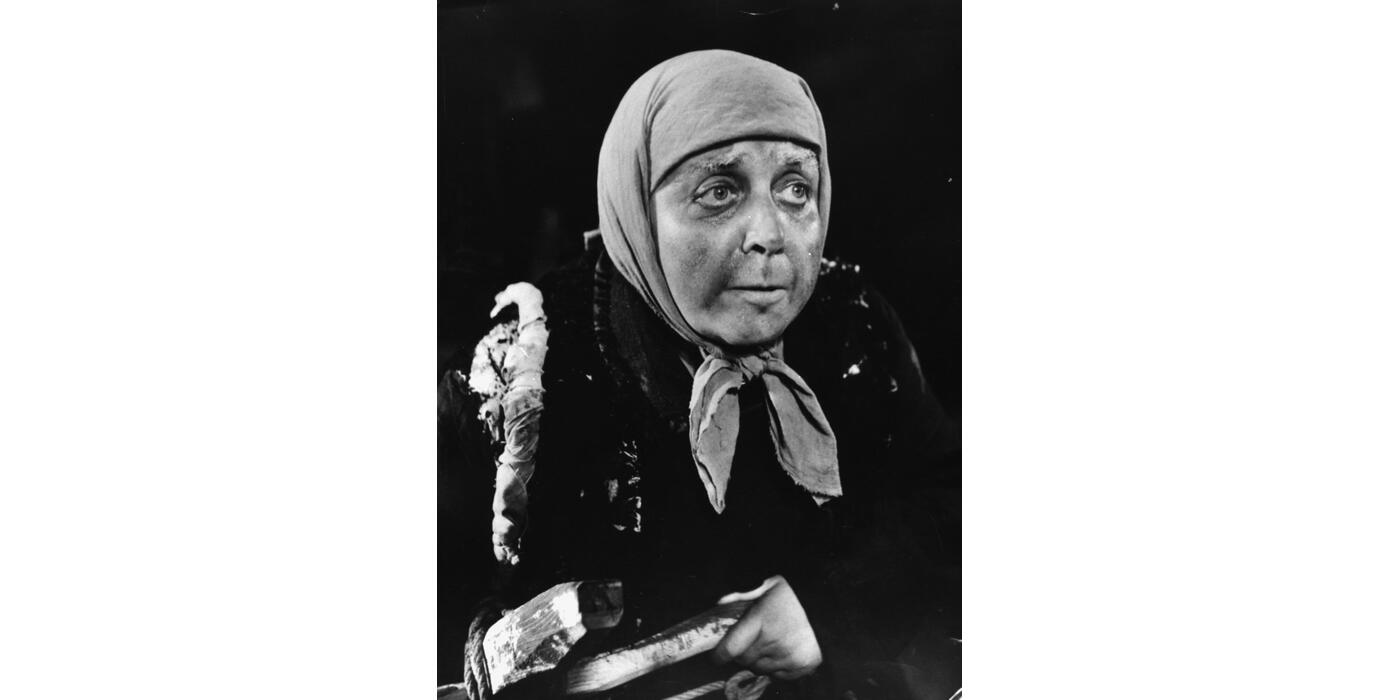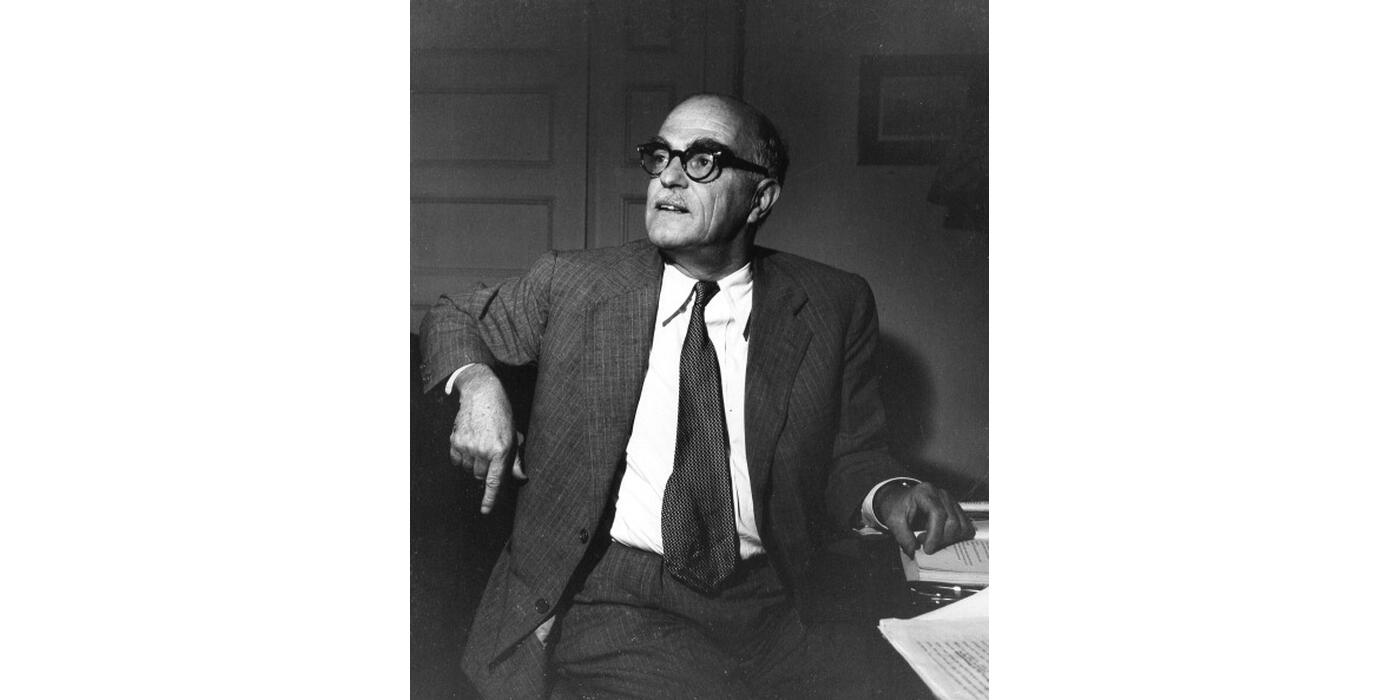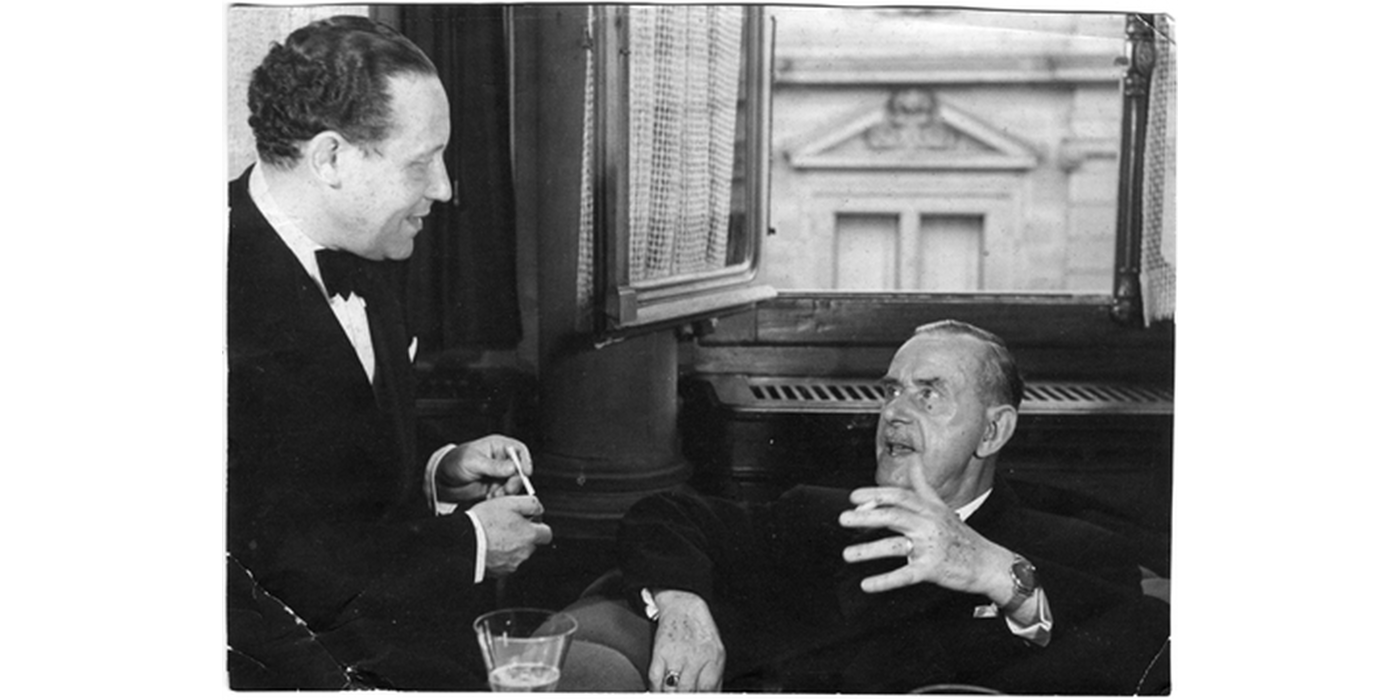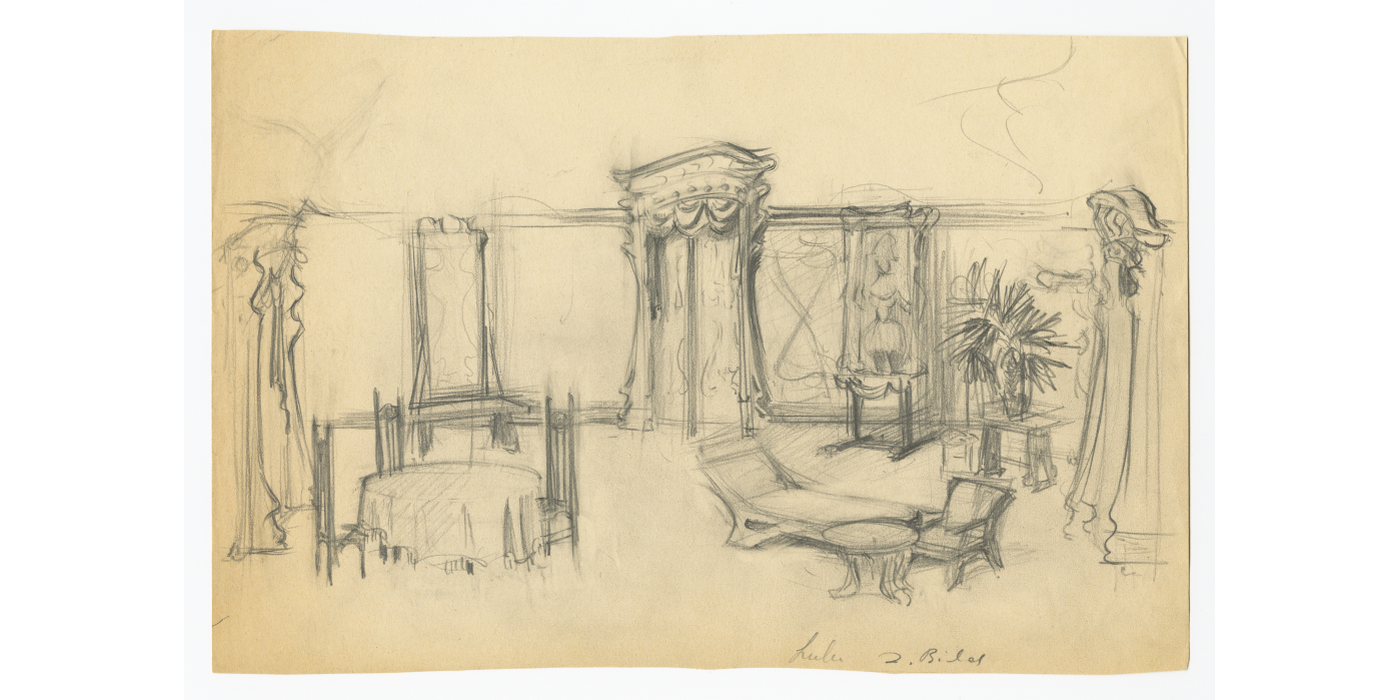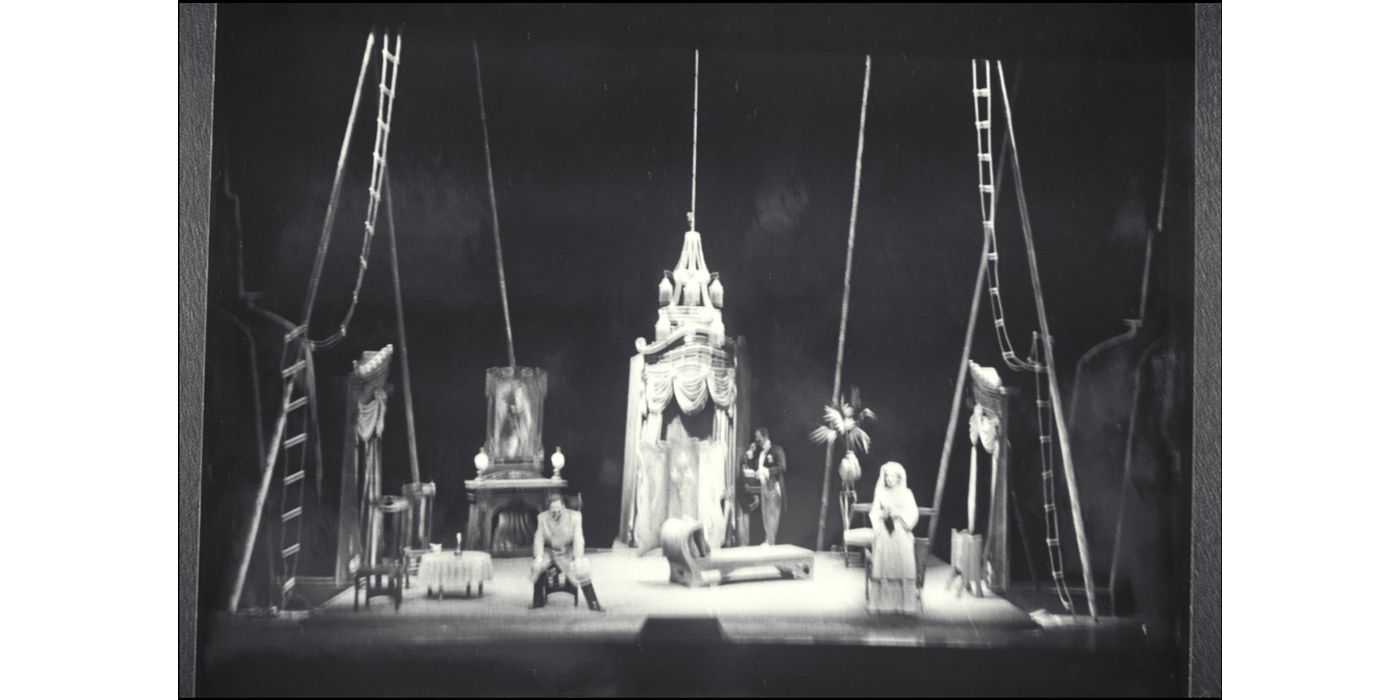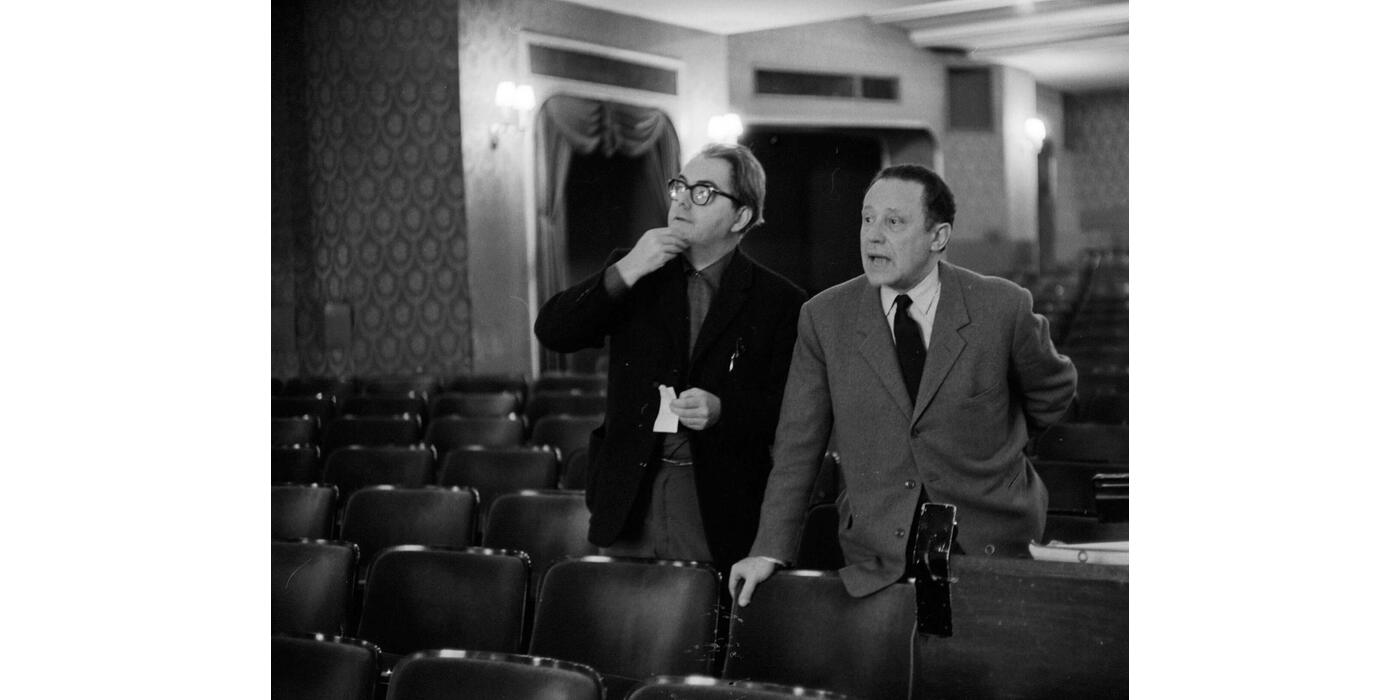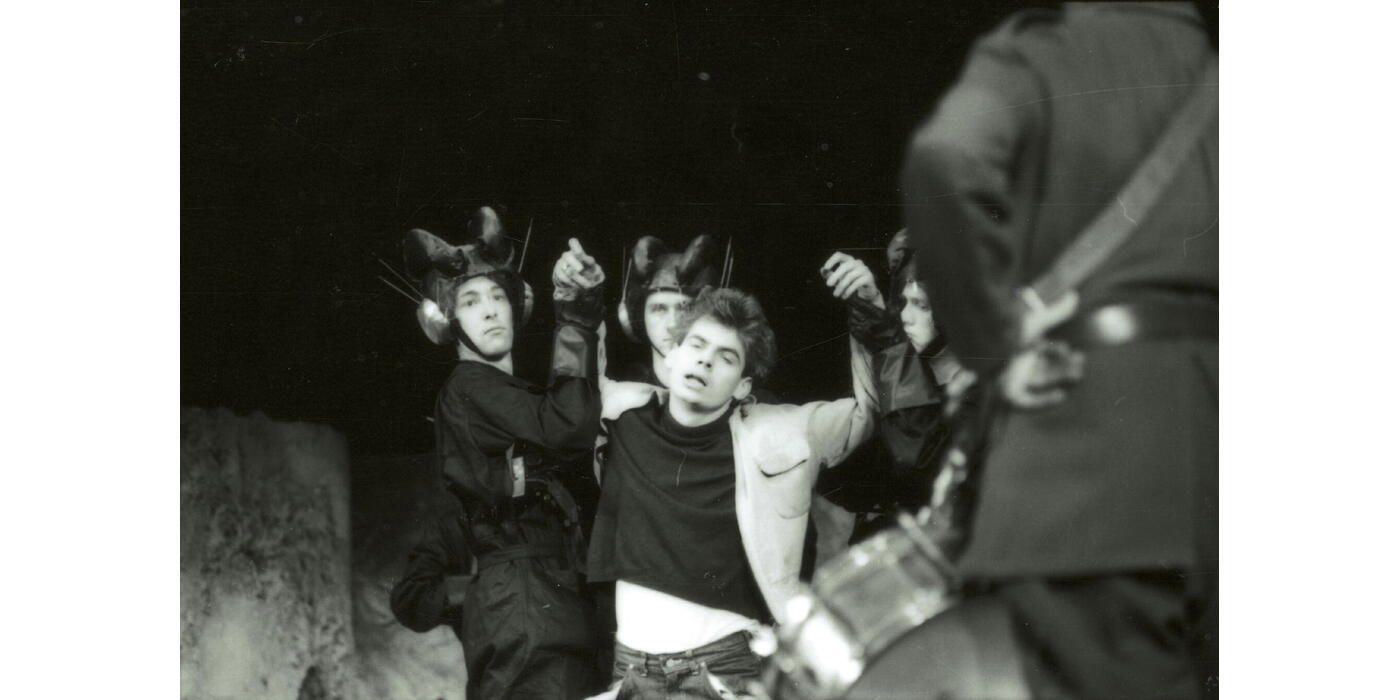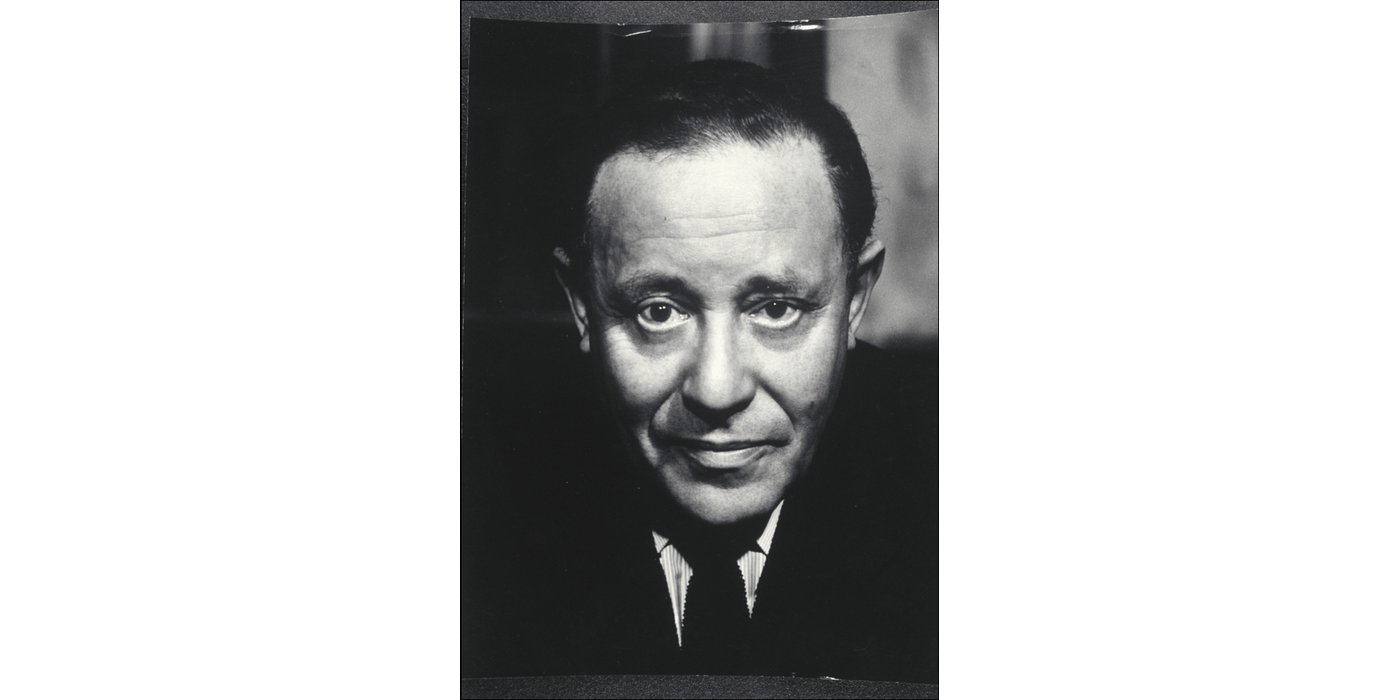
Edited by Kinga Bloch, Carina Chitayat and Daniel Wildmann
Today, we would like to introduce you to a passionate man of the theatre, Kurt Hirschfeld (1902-1964), who pursued a remarkable and impactful theatre career in Swiss exile.
Born in Lehrte in 1902 as the son of German-Jewish merchant Hermann Hirschfeld (1871-1941) and rabbi’s daughter Selma Hirschfeld, née Zierl (1877-1926), Kurt Hirschfeld studied German, art history, philosophy and sociology in Göttingen, Heidelberg and Frankfurt am Main. Being part of the vibrant theatre scene of the late Weimar Republic, he made his directorial debut at the Hessisches Landestheater in Darmstadt in 1930 with a play by Erich Kästner called Leben in dieser Zeit (Life in These Times).
However, Hirschfeld was soon to be uprooted by the National Socialist’s purge on Germany’s cultural institutions. He lost his position at the Hessisches Landestheater Darmstadt shortly after the NSDAP came to power in 1933. Ferdinand Rieser, director of the Schauspielhaus Zürich, offered him a job at his theatre, also known as Pfauenbühne, and Kurt Hirschfeld fled to Switzerland. The first play Hirschfeld directed there was Ferdinand Brückner’s piece Die Rassen (Race) that was criticising Nazi Germany’s anti-Semitic policies. After a conflict with Rieser in 1934, Hirschfeld went to Moscow in 1935 as a correspondent for the Neue Zürcher Zeitung. His stay in Soviet Russia also included an interlude as directorial assistant at Vsevolod Meyerhold’s famous experimental theatre. After Meyerhold’s stage was shut down Hirschfeld returned to Zurich in the late 1930s. Together with the publisher Emil Oprecht, he became involved in the foundation of Neue Schauspiel AG, the legal successor to Rieser’s Schauspielhaus Zürich. Hirschfeld served as its first dramaturge under Oskar Wälterlin and, since 1946, also as its deputy director.
In his position at the Pfauenbühne, Kurt Hirschfeld assembled a unique community of artists, many of them refugees from Nazi Germany, such as actress Therese Giehse and stage designer Teo Otto, into a legendary ensemble. In an era during which critical reflection, freedom of thought, alongside with the liberty of the stage fell victim to the National Socialists across occupied Europe, Kurt Hirschfeld successfully navigated the complex political challenges inherent to working at a Swiss theatre as an exilee, whilst pursuing the desire to present critical plays commenting on the developments in Europe.
Hirschfeld introduced Bertolt Brecht to Swiss audiences with the wartime premiere of his epic play Mutter Courage und ihre Kinder (Mother Courage and Her Children) in 1941. After 1945, he was also involved in the discovery of two of the most renowned Swiss writers, Friedrich Dürrenmatt and Max Frisch, fostering their careers from the onset. Kurt Hirschfeld was on the pulse of his time, constantly seeking for emerging authors and effective ways to bring their work onto the stage. He was embedded in a close-knit network of intellectuals such as the editor Peter Suhrkamp, authors Thomas Mann and Carl Zuckmayer as well as the theatre critic Hans Sahl. Kurt Hirschfeld introduced foreign authors such as Jean-Paul Sartre, Thornton Wilder, or Jean Giraudoux to the German speaking stage, often premiering translations of their plays. In 1961, Kurt Hirschfeld finally became director of the Pfauenbühne.
Kurt Hirschfeld’s remarkable professional life in the glamorous world of the theatre was shaped by the experience of being a German-Jewish exilee, who had been uprooted by the National Socialists from Germany and exposed to the volatile circumstances of Switzerland’s rigid immigration policies. The experience of life in a state of flux was amongst the driving forces that moulded his extraordinary intellectual and highly political work at the theatre, however, it also entailed a profound feeling of displacement and the awareness that belonging, or in German Heimat, was multi-layered and of a fleeting nature.
A wide range of geographical places were and became Heimat to Kurt Hirschfeld: his hometown Lehrte and Hannover, where he went to school; the places he studied in Germany: Frankfurt am Main, Göttingen and Heidelberg; and certainly, also the town where he debuted on stage: Darmstadt; and last, but certainly not least, he was at home in Zurich, where he spent the majority of his professional life. The most constant Heimat, however, Kurt Hirschfeld found in the German-speaking theatre. The theatre is what he brought along with him, when he was forced to leave Germany: a library of plays, a mind filled with ideas, and the drive to bring powerful stories onto the stage. To him, the stage was a central space for public discourse that was highly political and vital to any society; it was a space to ask the most pertinent questions of the time.
In 1952 Kurt Hirschfeld married Tetta Scharff, daughter of the German sculptor Edwin Scharff and actress Helene Ritscher. They had one daughter, Ruth. Kurt Hirschfeld worked as director of the Pfauenbühne until his death from lung cancer during a stay in at the Tegernsee in Germany in 1964. He is buried in Zurich where he rests at the Jewish cemetery Oberer Friesenberg.
Publications and Primary Sources:
This snapshot showcases some of the finding from a recent edited volume about Kurt Hirschfeld’s life and career published in the German book series of the LBI London Schriftenreihe wissenschaftlicher Abhandlungen des Leo Baeck Instituts:
Raphael Gross and Daniel Wildmann (Hg.): Weltbühne Zürich: Kurt Hirschfeld und das deutschsprachige Theater im Schweizer Exil, (Mohr Siebeck: Tübingen, 2022)
Kurt Hirschfeld’s Estate is accessible via the online archive DigiBaeck, LBI New York (Kurt Hirschfeld Collection, https://archives.cjh.org/repositories/5/resources/18611)
Acknowledgements:
Images included are courtesy of
- Kurt Hirschfeld (date unknown) - LBI New York
- Schauspielhaus Zürich (ca. 1935) - Baugeschichtliches Archiv Zürich, Ludwig Macher
- Bertolt Brecht (1954) - Bundesarchiv, Bild 183-W0409-300 / Fotograf: Jörg Kolbe / Lizenz CC-BY-SA 3.0
- Therese Giehse in Bertolt Brecht’s ‘Mother Courage and Her Children’, Schauspielhaus Zürich (1941) - AKG images
- Thornton Wilder (1950) - Getty Images, Fred Stein Archive
- Kurt Hirschfeld and Thomas Mann (date unknown) - LBI New York
- Teo Otto: sketch for Franz Wedekind’s play ‘Lulu’ (ca. 1962) - LBI New York
- Performance of Franz Wedekind’s ‘Lulu’ (undated) - LBI New York
- Kurt Hirschfeld and Max Frisch, Schauspielhaus Zürich, rehearsal of ‘Andorra‘ (1961) - ETH-Bibliothek Zürich, Bildarchiv / Fotograf: Comet Photo AG (Zürich) / Com_L10-0309-0012-0010 / CC BY-SA 4.0
- Rehearsal of ‘Andorra’ by Max Frisch, Schauspielhaus Zürich (1961); from left to right: Ernst Schröder, Kurt Hirschfeld, Peter Brogle; background: Max Frisch - ETH-Bibliothek Zürich, Bildarchiv / Fotograf: Comet Photo AG (Zürich) / Com_L10-0309-0003-0001 / CC BY-SA 4.0
- Kurt Hirschfeld (date unknown) - LBI New York
